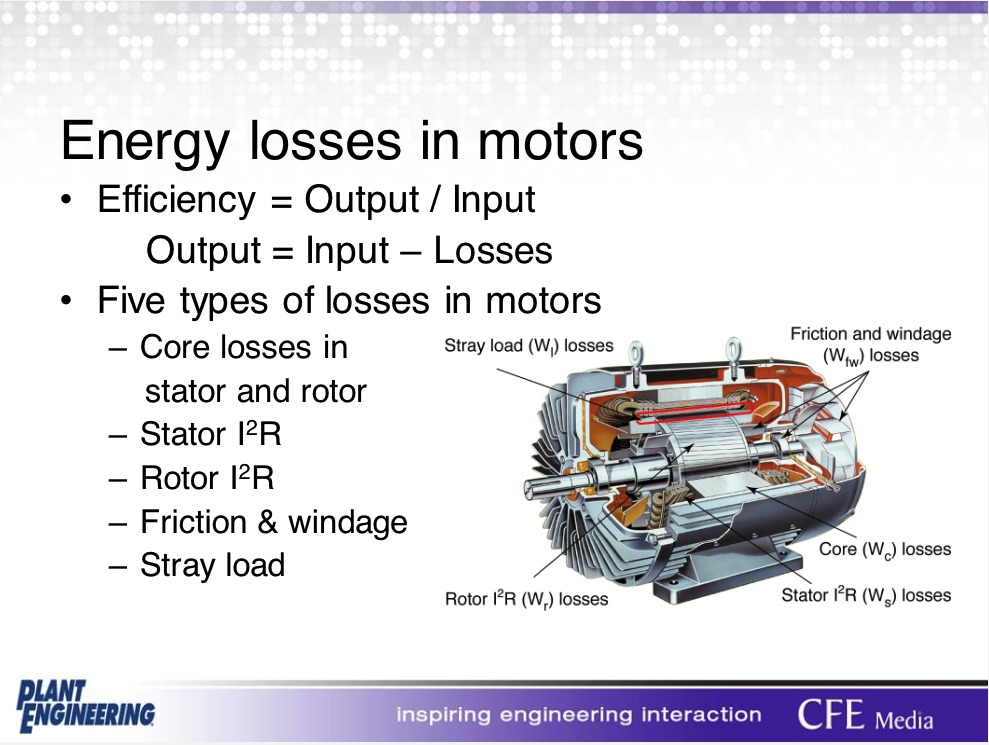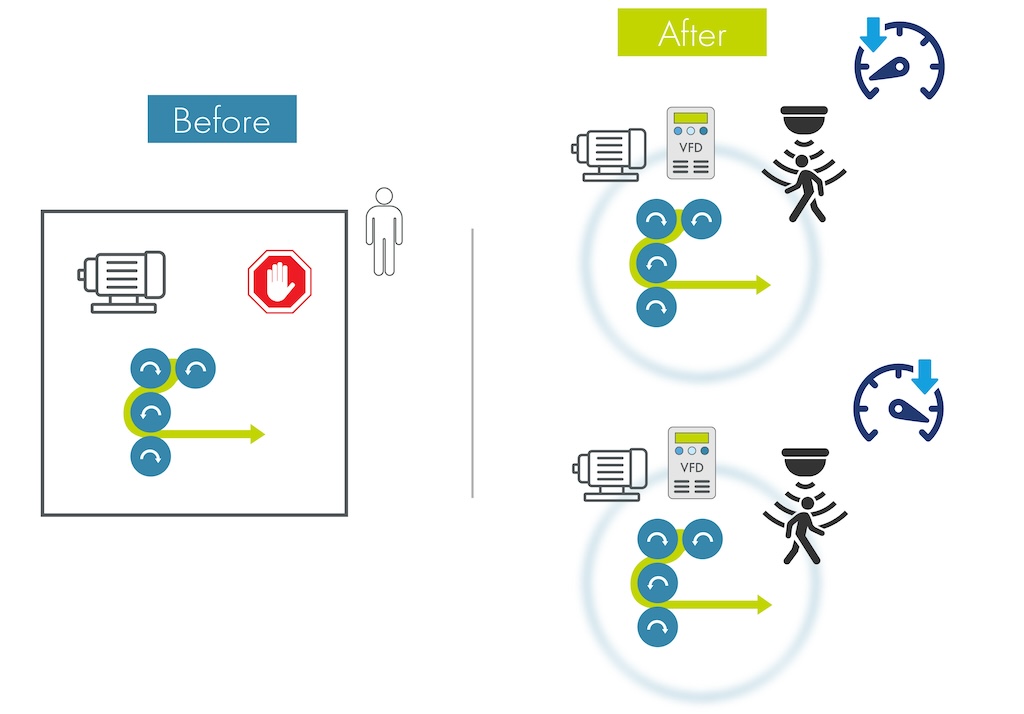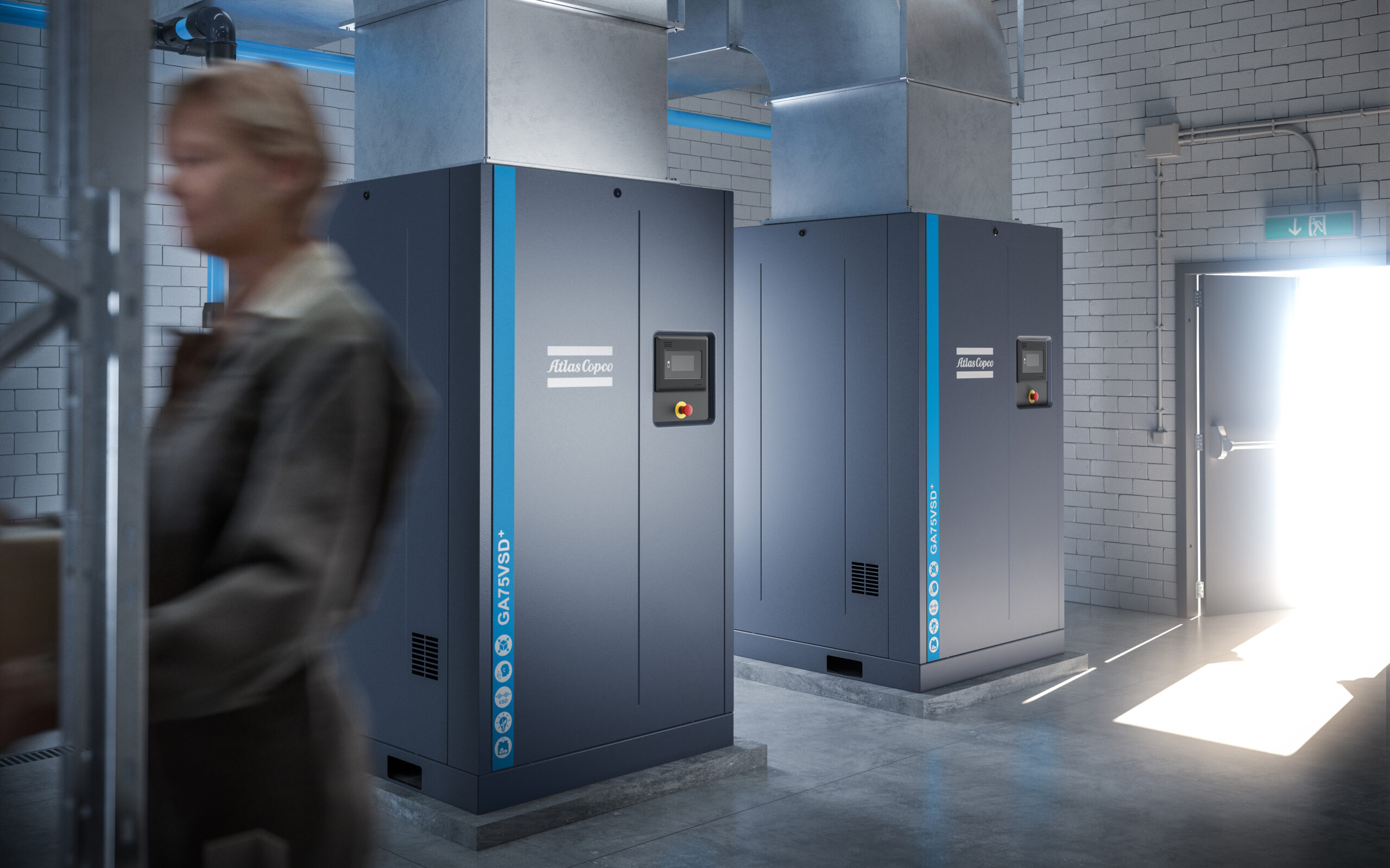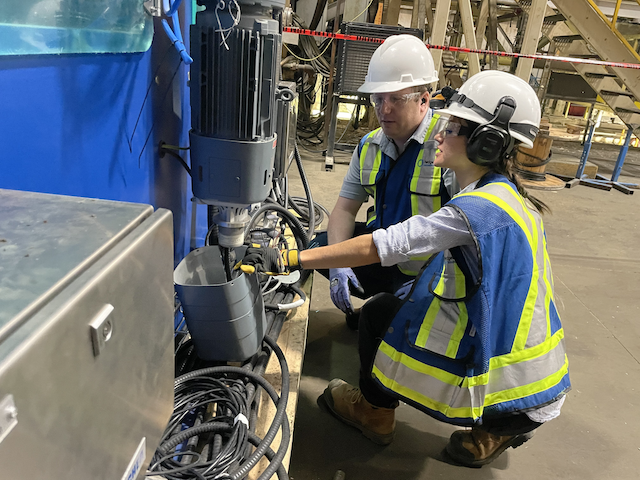Webcast presenter Tom Bishop answered questions about topics such as measuring efficiency of installed motors, common difficulties, and power factor (PF).

The “Repair Best Practices to Maintain Motor Efficiency: Your Questions Answered” webcast was presented live on Nov. 30, 2018, by Tom Bishop, PE, from the Electrical Apparatus Service Association (EASA), a CFE Media content partner. The webcast can be found here. He supplied written answers to some of those questions that weren’t addressed from the webcast attendees:
Question: How can we measure efficiency of installed motors?
Answer: A wattmeter and a torque transducer of precision and accuracy beyond what is currently available would be needed for accurate measurement of installed motor efficiency. Thus, the practical answer is there presently are no accurate methods to measure installed motor efficiency.
Q: What are the most common difficulties that occur when a motor is repaired?
A: One of the most difficult aspects of motor repair is obtaining replacement parts that are not readily available, such as an external cooling fan.
Q: Are there guidelines for when it is practical to repair a motor (i.e. HP, age, motor design, etc.) vs. replacing a motor?
A: The practical guidelines for repair versus replace include criteria such as availability of a new motor, cost of repair versus replacement, and differences in physical size of new versus the original motor.
Q: If we’re already in excess of 90-95%, what are the trends in industry and new requirements for motor efficiency?
A: The trends related to increasing ac motor efficiency often cite the use of permanent magnets in rotors and variable frequency drive (VFD) supply. Although these technologies exist at present, they are not widespread because of the associated increase in motor cost and time to produce each motor.
Q: Does motor load affect power factor (PF)?
A: In general, reducing motor load reduces PF and increasing load increases PF. However, since motor power is affected by the combination of voltage, current and PF, an increase or decrease of PF alone (or voltage or current) does not in itself indicate a change in motor efficiency.



